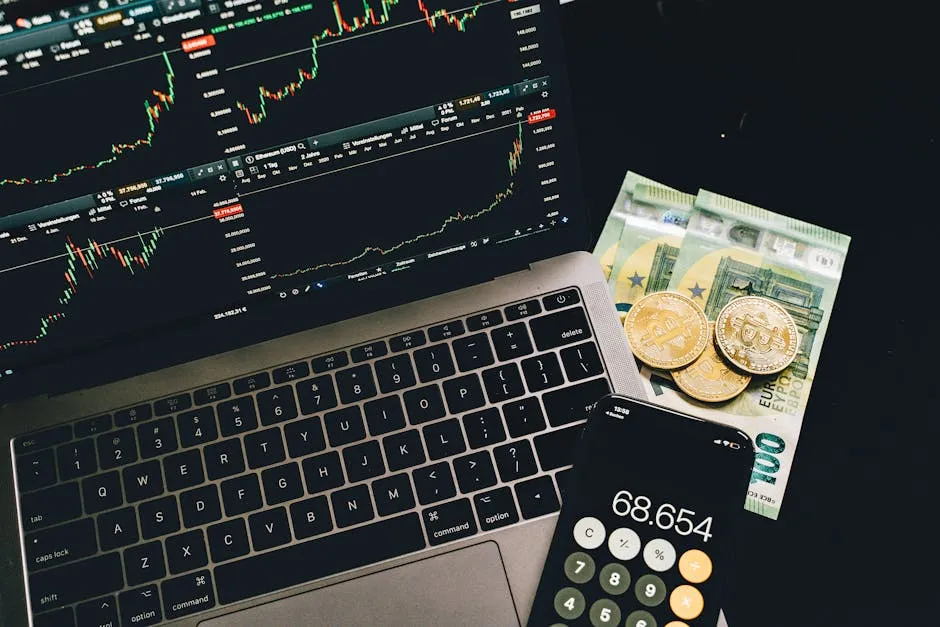
The Rise of the Debasement Trade
In recent discussions surrounding the world of cryptocurrencies, the term “debasement trade” has emerged as a topic of interest, especially in the context of Bitcoin. James Lavish, in a recent interview with Cointelegraph, shed light on why this trade is gaining traction and what it signifies for the future of Bitcoin and investors alike.
What Is the Debasement Trade?
The debasement trade refers to the strategy of investing in assets that are expected to appreciate in value due to the dilution of fiat currencies. As central banks around the world continue to print money to stimulate economies, the value of traditional currencies can decrease, leading investors to seek refuge in alternative assets like gold, real estate, and, increasingly, cryptocurrencies.
Why Is It Going Mainstream?
According to Lavish, several factors contribute to the mainstream acceptance of the debasement trade. First, there is a growing awareness among investors about the long-term effects of monetary policy. With inflation rates soaring and economic uncertainties looming, many are looking for ways to protect their wealth. This has resulted in a shift toward assets that can potentially hold their value or appreciate over time.
Moreover, the rise of digital currencies has made it easier for investors to access alternative assets. Platforms for trading cryptocurrencies have become more user-friendly, allowing a broader audience to engage with these markets. As a result, assets like Bitcoin are no longer just a niche investment but have become a critical component of many investors’ portfolios.
What Does It Mean for Bitcoin?
The implications of the debasement trade for Bitcoin are significant. As more investors turn to Bitcoin as a hedge against inflation, its demand is likely to increase. This could lead to higher prices and greater market stability, positioning Bitcoin as a valuable asset in times of economic uncertainty.
Additionally, the mainstream acceptance of Bitcoin could encourage more institutional investments. As large financial institutions recognize the potential of cryptocurrencies, we may see a more structured and regulated approach to the market, which could further legitimize Bitcoin as a mainstream asset.
Conclusion
The rise of the debasement trade signals a pivotal moment for Bitcoin and the broader cryptocurrency market. As investors seek alternatives to traditional currencies, Bitcoin’s role as a store of value is becoming more pronounced. Understanding these trends is crucial for anyone looking to navigate the evolving landscape of cryptocurrency investments.
In this rapidly changing environment, keeping an eye on market dynamics and emerging investment strategies will be key to making informed decisions. The future looks promising for those willing to embrace the new financial paradigms that are emerging in the wake of economic changes.



